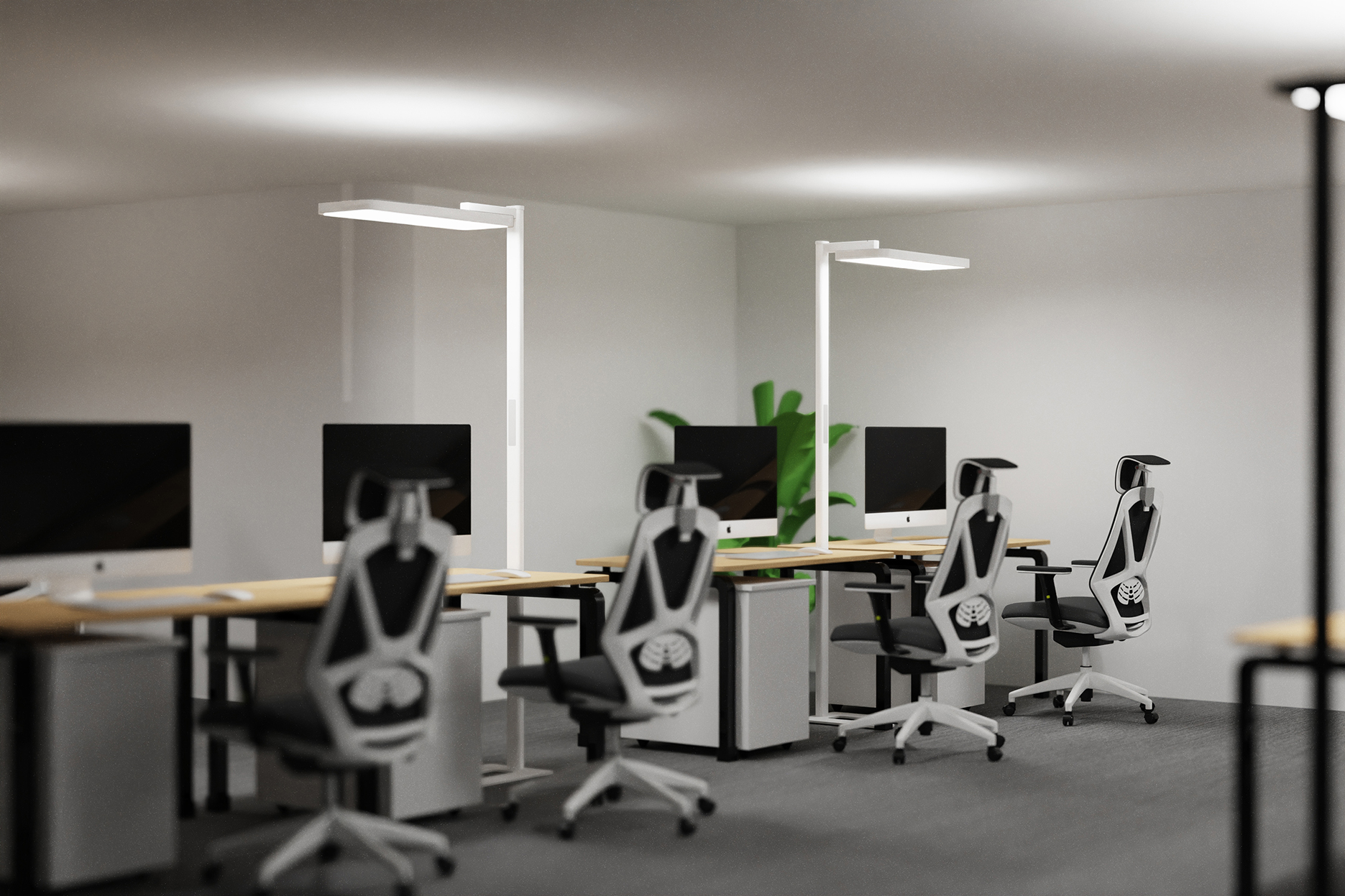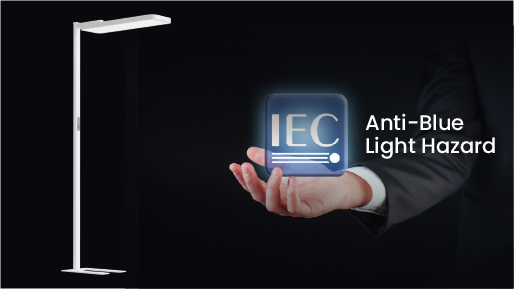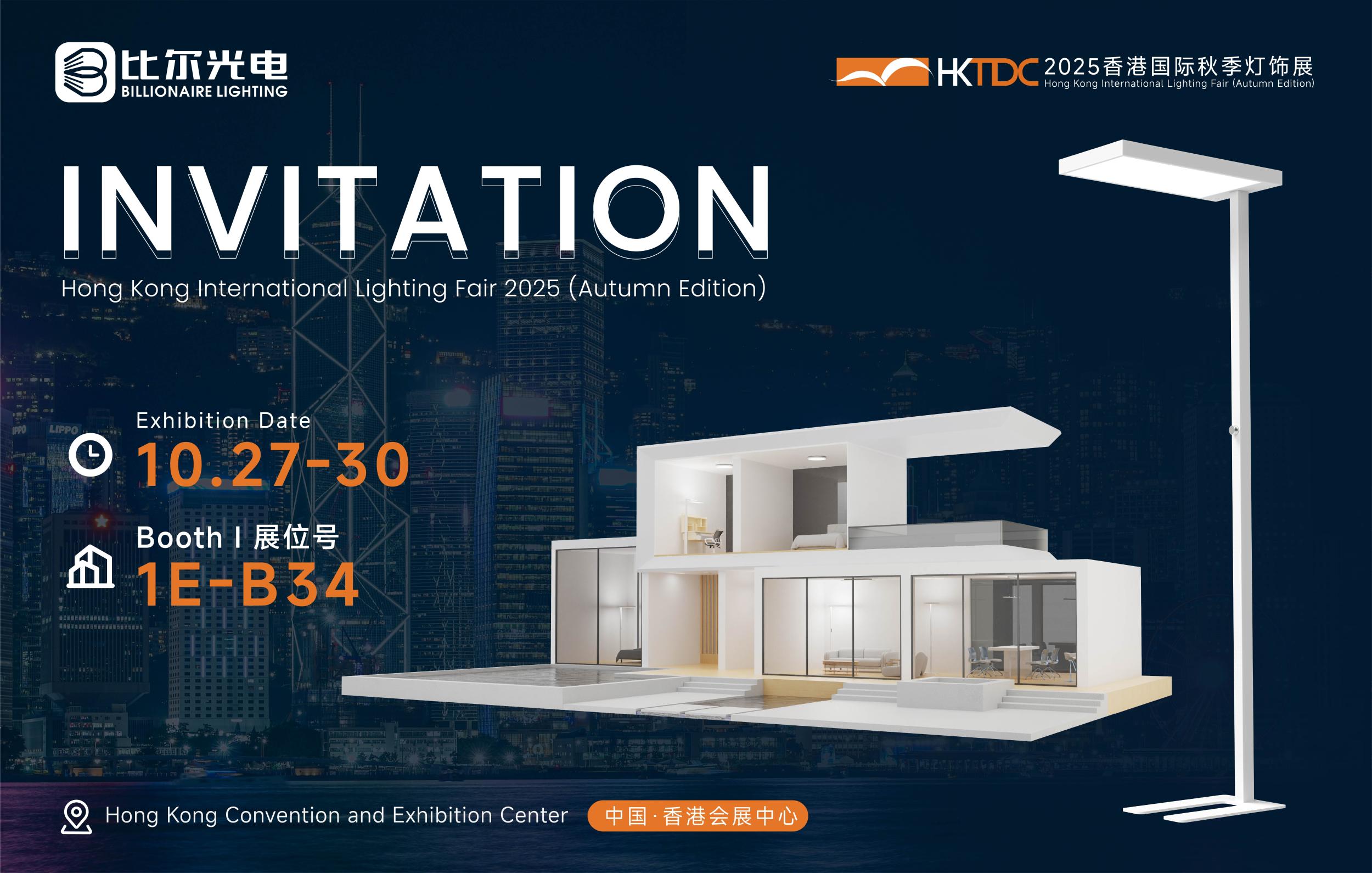In any office environment, lighting plays a crucial role that extends far beyond simple illumination. Office floor lights, in particular, contribute significantly to the overall functionality, aesthetics, and the well - being of employees. This comprehensive exploration will cover the various aspects of office floor lights, including their types, design considerations, benefits, energy - efficiency, and future trends.
Types of Office Floor Lights
Task - Oriented Floor Lamps
Task - oriented office floor lights are designed with a primary focus on providing concentrated illumination for specific work tasks. These lamps often feature adjustable heads or articulated arms. A common example is the gooseneck floor lamp. Its flexible neck allows employees to direct the light precisely onto their work surfaces, such as desks or drafting tables. This is especially beneficial for tasks that require high levels of visual acuity, like reading fine print, working on detailed spreadsheets, or engaging in graphic design work. Some task - oriented floor lamps come with built - in magnifying lenses, which are extremely useful for employees with visual impairments or for those who need to examine small details closely.
Another type of task - floor light is the swing - arm floor lamp. It typically has a long, pivoting arm that can be adjusted horizontally and vertically. This design enables the lamp to reach different areas of a large workspace, providing targeted lighting wherever it's needed. For example, in an open - plan office, a swing - arm floor lamp can be moved to shine light on a shared work area or an individual's workstation as required. These lamps are often equipped with bright, energy - efficient bulbs, such as LED (Light - Emitting Diode) bulbs, which can provide intense, focused light while consuming relatively little power.
Ambient Lighting Floor Lamps
Ambient lighting in an office creates a general, overall illumination that sets the mood and fills the space with a soft glow. Floor lamps designed for ambient lighting are essential for creating a comfortable and inviting work environment. Lamps with large, diffusing shades are commonly used for this purpose. Drum - shaped or bell - shaped shades made of materials like fabric or frosted glass are popular choices. These shades scatter the light in all directions, reducing harsh glare and creating a more even and relaxing light distribution.
For instance, a floor lamp with a white fabric drum shade can be placed in a corner of the office or behind a sofa in a break area. The light it emits will gently brighten the area, making it a more pleasant space for employees to relax during their breaks. Some ambient floor lamps also come with dimming features, allowing for further customization of the lighting intensity. This is useful for adjusting the lighting to different times of the day or for creating a more intimate atmosphere during meetings or collaborative work sessions.
Accent Lighting Floor Lamps
Accent lighting floor lamps are used to draw attention to specific elements in the office, such as artwork, architectural features, or decorative objects. These lamps can add visual interest and depth to the office space. Track - style floor lamps are a common type for accent lighting. They usually have a long, straight track with one or more adjustable light fixtures that can be moved along the track. This allows for precise positioning of the light to highlight a particular item.
For example, in an office lobby, a track - style floor lamp can be used to illuminate a beautiful piece of art hanging on the wall. The adjustable fixtures can be angled to showcase the artwork's details and colours. Another type of accent floor lamp is the spot - light floor lamp, which emits a narrow, focused beam of light. This can be used to highlight a unique architectural element, like a exposed brick wall or a modern ceiling design. By using accent floor lamps, offices can create a more engaging and aesthetically pleasing environment, which can have a positive impact on employees' morale and creativity.
Design Considerations for Office Floor Lights
Style and Aesthetics
The style of office floor lights should complement the overall design theme of the office. In a modern - designed office with sleek, minimalist furniture and clean lines, floor lamps with a contemporary look would be a perfect fit. These lamps may feature simple geometric shapes, such as cylindrical or conical bases, and be made of materials like brushed metal or high - quality plastics. On the other hand, in a more traditional or classic - style office, floor lamps with ornate bases, perhaps made of brass or bronze, and fabric shades in warm, earthy tones would enhance the decor.
The colour of the floor lamp also matters. Neutral colours like black, white, and grey are versatile and can blend well with most office colour schemes. However, for offices that want to add a pop of colour, floor lamps in bold hues, such as bright red or royal blue, can be used as statement pieces. The lamp's design should also consider the scale of the office space. In a large, open - plan office, larger - sized floor lamps can be used to make a visual impact, while in a smaller, more compact office, smaller, more discreet floor lamps would be more appropriate.
Height and Placement
The height of office floor lights is an important factor. For task - oriented floor lamps, the height should be adjustable or designed in such a way that the light source can be positioned at an optimal height for the work surface. A general rule of thumb is that the bottom of the lamp shade should be at eye - level when the employee is sitting at their desk. This ensures that the light is directed onto the work area without causing glare in the eyes.
When it comes to placement, floor lamps should be strategically positioned to maximize their effectiveness. Task - oriented floor lamps should be placed close to the work area, either beside or behind the desk. Ambient floor lamps can be placed in corners, behind furniture, or in areas that need additional general lighting. Accent floor lamps should be placed in a way that they can effectively highlight the desired objects or areas. For example, if there is a pillar in the office that the company wants to showcase, an accent floor lamp can be placed at an appropriate distance and angle to illuminate it.
Benefits of Office Floor Lights
Enhanced Productivity
Proper office floor lighting can significantly enhance employee productivity. Task - oriented floor lights ensure that employees have sufficient light to perform their tasks accurately and efficiently. Reducing eye strain and fatigue caused by poor lighting, employees can focus better for longer periods. For example, in a design studio, accurate lighting provided by a task - floor lamp can help designers see the fine details of their work, leading to higher - quality output.
Ambient lighting also plays a role in productivity. A well - lit, comfortable work environment created by ambient floor lamps can improve employees' mood and motivation. When employees feel at ease in their workplace, they are more likely to be engaged in their work. Additionally, accent lighting can add an element of inspiration to the office. By highlighting art or unique design elements, it can stimulate creativity, which is especially valuable in industries such as advertising, marketing, and design.
Improved Well - being
Good lighting, including that provided by office floor lights, is essential for employees' well - being. Natural - like lighting, which can be replicated by some floor lamps with adjustable colour - temperature settings, helps regulate the body's internal clock, or circadian rhythm. Exposure to the right amount of light during the day can improve sleep quality at night, leading to better - rested employees.
Moreover, appropriate lighting can reduce the risk of visual problems. By providing sufficient and properly directed light, floor lamps can prevent employees from developing eye - related issues such as headaches, blurred vision, and eye fatigue. This is particularly important for employees who spend long hours in front of computer screens.
Energy - Efficiency in Office Floor Lights
In today's environmentally conscious and cost - aware business world, energy - efficiency is a crucial consideration for office floor lights. LED technology has revolutionized the lighting industry, and many modern office floor lamps are equipped with LED bulbs. LED bulbs consume significantly less energy compared to traditional incandescent or fluorescent bulbs. In fact, they can use up to 80% less energy, which not only helps businesses reduce their electricity bills but also contributes to a more sustainable environment.
Some office floor lamps also come with additional energy - saving features. For example, lamps with motion sensors can automatically turn on when an employee enters an area and turn off when the area is vacated. This prevents unnecessary energy consumption when the space is not in use. Additionally, dimmable floor lamps allow employees to adjust the light intensity according to their needs, which can also save energy. By choosing energy - efficient office floor lights, businesses can make a positive impact on both their bottom line and the environment.
Future Trends in Office Floor Lights
The future of office floor lights holds several exciting trends. One of the most significant trends is the integration of smart technology. Smart office floor lamps will be able to connect to the office's Wi - Fi network or other smart home systems. This will enable employees to control the lamps using their smartphones or voice - controlled assistants like Amazon Alexa or Google Assistant. For example, an employee could say, "Alexa, turn on the floor lamp in my office and set it to a warm - white, dimmed setting." Smart lamps may also be able to adjust their lighting based on factors such as the time of day, the ambient light in the room, or the presence of employees.
Another trend is the development of more sustainable materials in the construction of office floor lights. Manufacturers are likely to use recycled metals, reclaimed wood, and eco - friendly plastics. This not only reduces the environmental impact but also gives the lamps a unique, eco - conscious aesthetic. Additionally, there may be further advancements in lighting technology, such as the development of more efficient LED bulbs with even better colour - rendering capabilities. This will allow for more natural - looking and accurate lighting in the office environment.
In conclusion, office floor lights are much more than just sources of illumination. They are integral components of a well - designed office space, contributing to productivity, employee well - being, and the overall aesthetic appeal. As technology and design continue to evolve, office floor lights will play an even more significant role in creating comfortable, efficient, and sustainable work environments.



